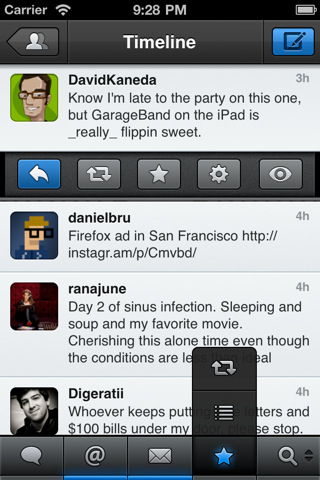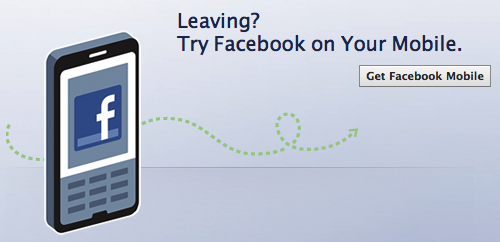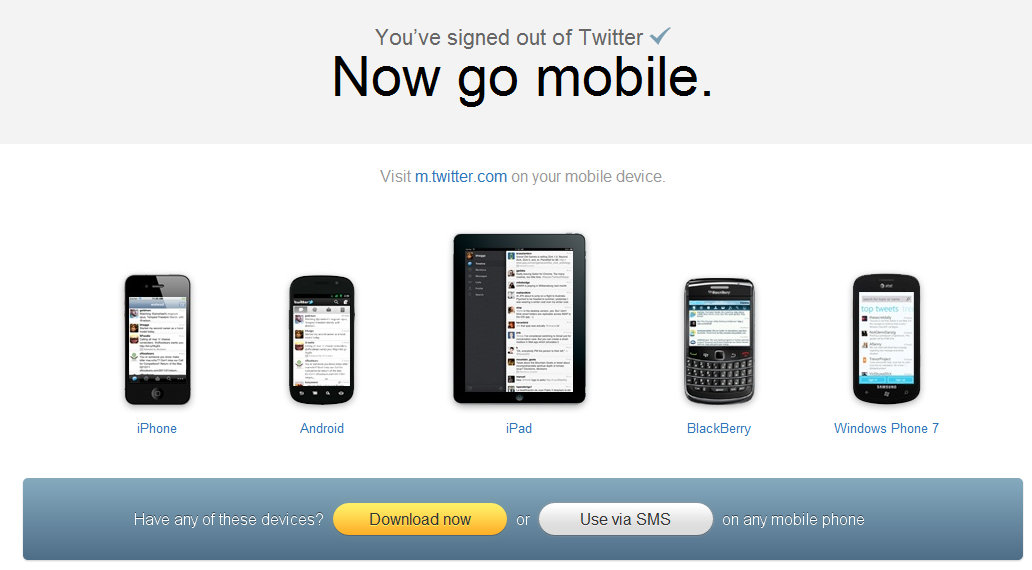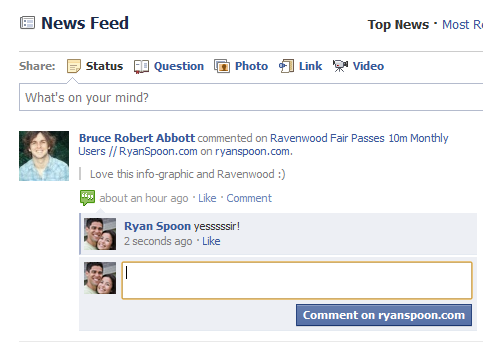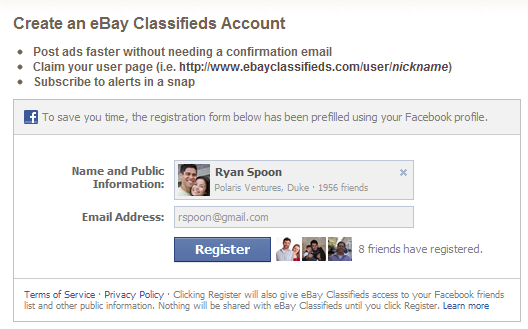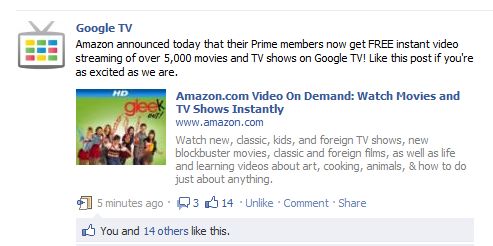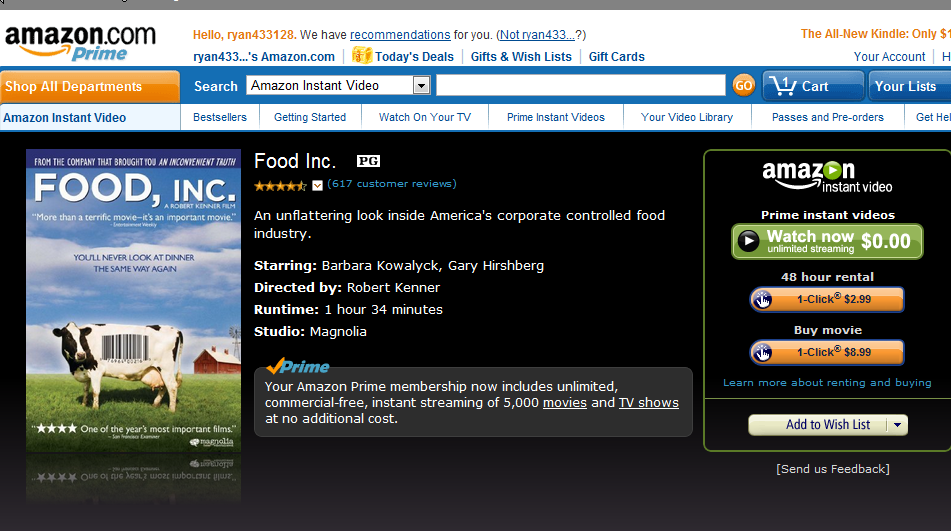Remember when Gilt Group and Rue La La first launched and you had to be "invited"? It was a genius marketing effort that established a brand of high-end exclusivity. It also was important in jump-starting the early viral channels (referrals and rewards). Of course, if you didn't know a registered user, you could "request membership" and, within a day or two, your invite would arrive. It was great positioning and marketing. This week Amazon entered the flash sale space with MyHabit. It is very much like Gilt and Rue La La, etc (and, for what it's worth, is very much unlike how I think they should play in the space).
To position themselves as Gilt and Rue did at launch, they too ask users to register and "request membership". The word "request" obviously suggests membership is selective and not instant (despite the headline "become a member instantly"). There is your exclusive, premium positioning.
But that is entirely pointless because anyone with an Amazon account already has an account: "hint: if you already have an Amazon.com account, you may use that to sign in." And of course anyone visiting MyHabit has an Amazon account.
This makes the marketing / positioning effort insincere and beyond gimmicky (since its an extension of a proven gimmick). Just put a big sign-on button and optimize the hell out of it. Then focus on the products and the experience. That's worked for Groupon and LivingSocial. And with Amazon's brand and massive audience, it's the better way to launch / play.





